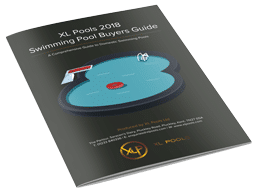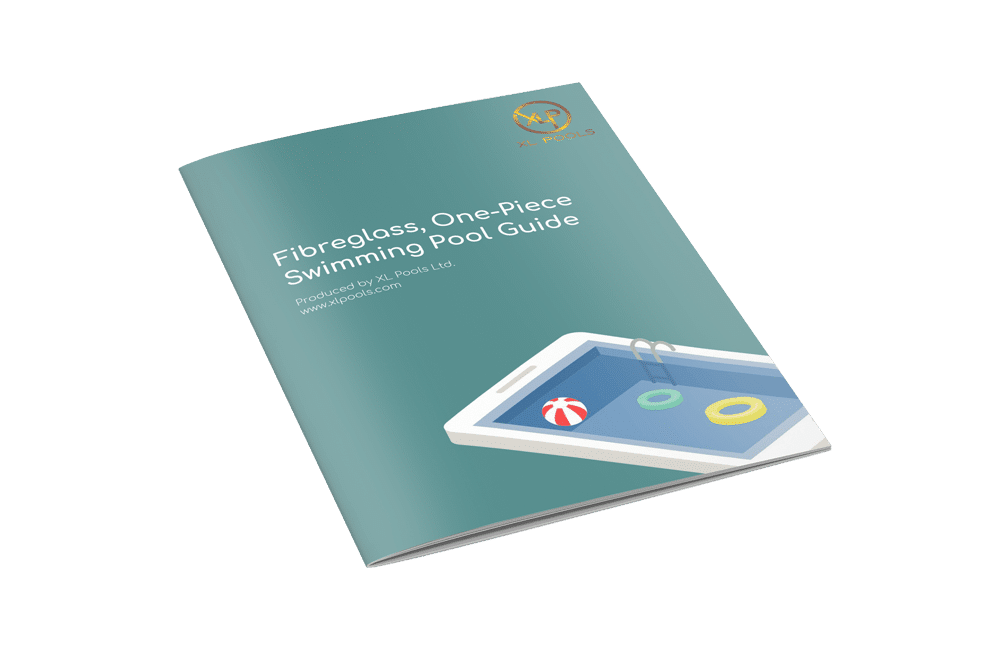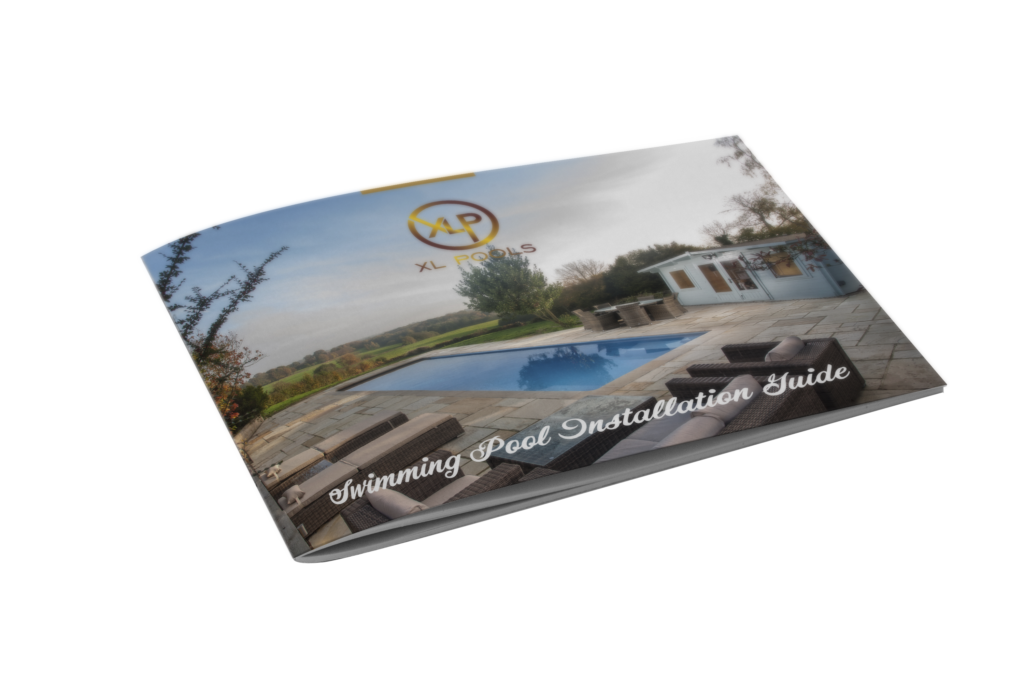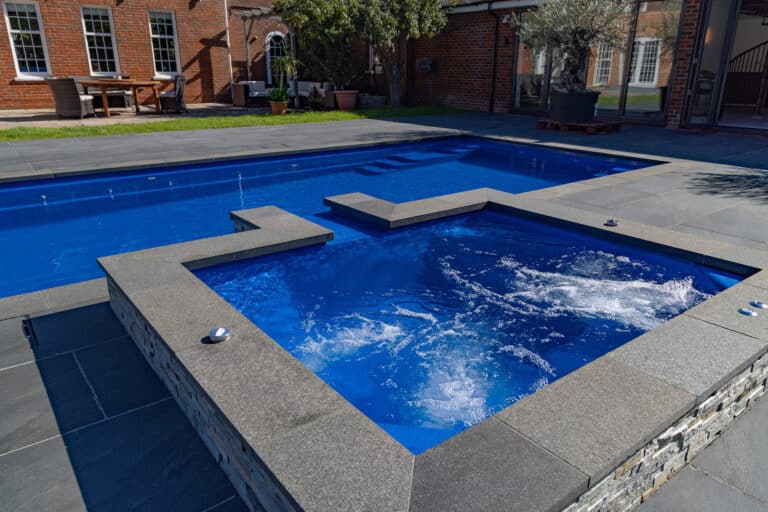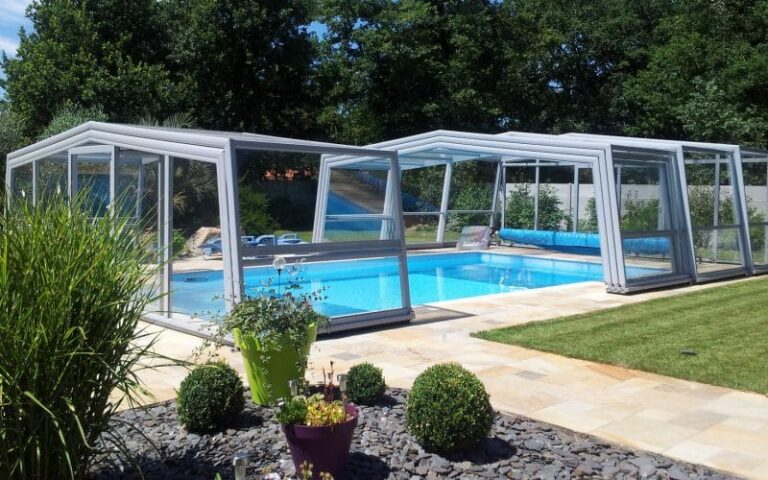What is a swimming pool? When you boil it all down, a swimming pool is just a giant structure that holds a large amount of water. That water requires cleaning to keep it sanitised and safe for you to swim in. To do so, the water requires the three C’s:
- Cleaning
- Chemicals
- Circulation
In this article we will be looking at the last item on this list, Circulation.
Circulation plays an essential part in the three C’s as it enables cleaning and helps mix chemicals in your pool water. Without circulation, the other two points will not be possible.
The Essentials of Pool Circulation
In most in-ground pools, water is pulled in through the skimmer(s) located along the top of your pool, and the main drain(s) located at the bottom of the deep end.
It’s then pumped through your filter and back into your pool through the return jets. Some pools will have just one skimmer and return, while other pools will have multiple, sometimes including jets in the steps or attached hot tubs.
Improving Your Pool Circulation
Your return jets (where water enters back into your pool) should be multi-directional. The fitting should be able to be moved and pointed in a certain direction. Adjusting these jets so that you stir up as much water as possible will improve your pool circulation. Always try to aim your jets to the opposite side of your skimmers and downwards. This will circulate the water and mix the water at the bottom of your pool to the surface.
Dead spots
An area where water has poor circulation is called a dead spot. Common areas within a pool include:
- Behind ladders
- Around any steps into the pool
- Underneath your skimmers
- Corners of the pool
Not all dead areas can be cured by pointing the jets at these areas. In many cases it will be impossible. When you come to clean your pool it is worth paying attention to these areas and use your pool brush to stir up the water in these areas. Brushing will also break up and build up of micro organisms that have started to grow in these areas where they are relatively undisturbed.
Turnover rate of your pool
The turnover rate of your pool is a handy thing to know when it comes to understanding your pool’s circulation. The turnover rate is the time your pool takes to circulate all the water in your pool. In an ideal world, you should turn over your pool’s water twice a day. A general rule of thumb is to run your pool pump 8-10 hours a day to make sure you achieve this target.
Circulation is essential to your swimming pool’s health. Make sure you do the following checks and tasks to keep your pool circulation in check:
- Run your pump 8-10 hours a day
- Keep your skimmer baskets clear of debris
- Angle your return jets to stir up the water as much as possible
- Point your jets toward the bottom of the pool to stir up the water on the bottom
- Brush your pool’s dead spots at least once a week

